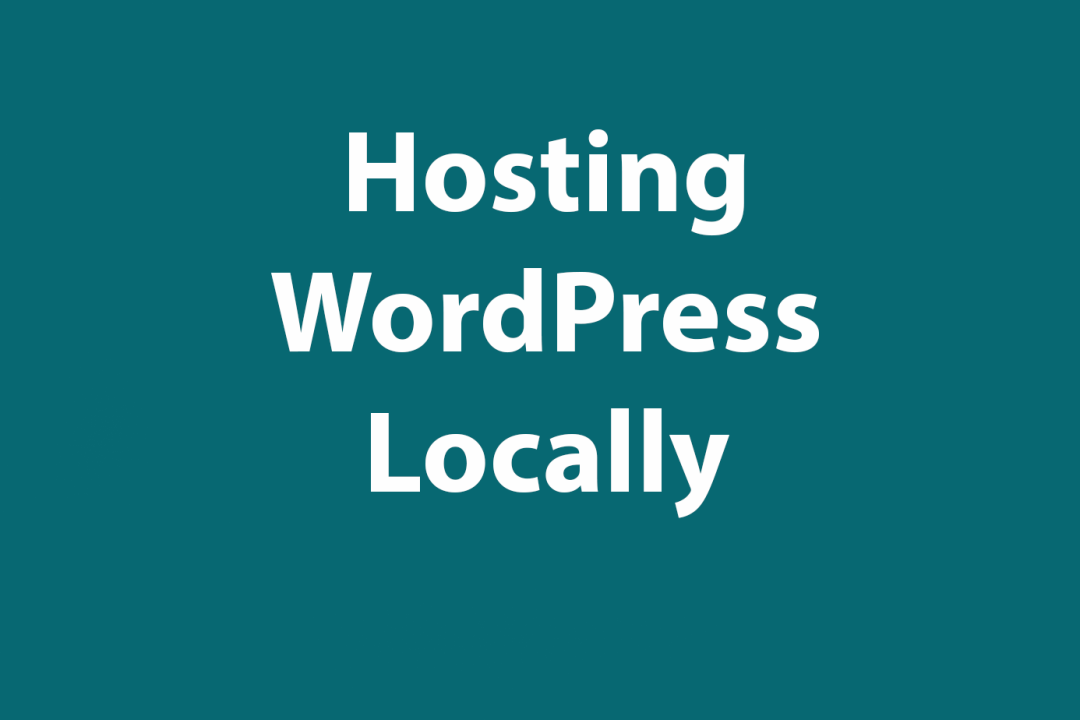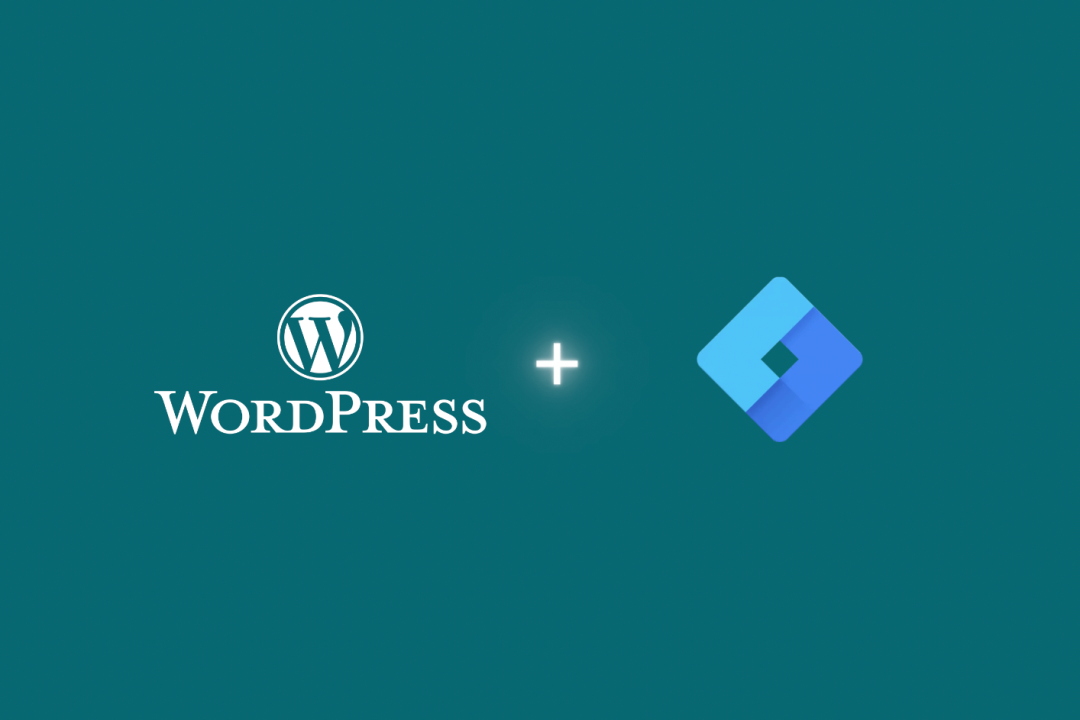
Whether you’re a developer testing a new theme or a writer crafting content, running a local installation of WordPress is an invaluable asset.
By hosting WordPress locally, you can develop, test, and experiment without affecting your live website. In this guide, we’ll delve into the why, how, and tools for hosting WordPress locally.
Why Host WordPress Locally?
- Speed: Without internet latency, local hosting often results in faster load times, streamlining your development process.
- Safe Testing: Experiment without the fear of breaking your live site. Errors on your local site won’t impact your public-facing website.
- Offline Development: Internet issues? Working from a location with no connectivity? A local environment ensures you can still get work done.
- Cost-Efficient: No need to invest in additional hosting or domains for testing sites.
Tools for Local WordPress Development
Several tools facilitate the process of setting up a local WordPress environment. Here are a few popular ones:
- XAMPP: A free, open-source platform providing a local server environment with Apache, MySQL, and PHP. It’s cross-platform, working on Windows, Mac, and Linux.
- MAMP (Mac & Windows): Originally designed for Mac, it now also supports Windows. MAMP provides an easy-to-use control panel and a free version.
- Local by Flywheel: Tailored specifically for WordPress, Local by Flywheel offers a user-friendly interface, making the setup of local WordPress sites a breeze.
- WAMP (Windows): An all-in-one package for Windows with Apache, PHP, and MySQL.
Setting Up WordPress Locally
For the sake of this guide, we’ll use XAMPP as an example:
- Install XAMPP: Download and install the XAMPP version for your operating system from the official XAMPP website.
- Start the Services: Launch XAMPP and start the Apache and MySQL services.
- Create a Database: Access
http://localhost/phpmyadmin/on your browser, click on Databases, create a new database for your WordPress installation. - Install WordPress:
- Download WordPress from the official site.
- Extract the zip file and move the ‘wordpress’ folder to the ‘htdocs’ directory within your XAMPP installation (typically
C:\xampp\htdocson Windows). - Rename the ‘wordpress’ folder to your desired site name, say ‘testsite’.
- Navigate to
http://localhost/testsite/on your browser. The WordPress installation process will begin. When prompted, enter the database details you set up earlier.
- Complete Installation: Follow on-screen instructions, setting up your site’s name, admin username, and password.
Migrating from Local to Live
Once you’re satisfied with your site locally, you might want to transfer it to a live server:
- Backup Local Site: Use plugins like All-in-One WP Migration or Duplicator to create a backup of your local site.
- Upload to Live Server: On your live server, install the same backup plugin and import the backup you created.
- Update URLs: Since you’re moving from a local URL to a live URL, use a plugin like Velvet Blues Update URLs to replace all local URLs with the live site’s URL.
Common Issues and Troubleshooting
- Permission Issues: Ensure the right permissions for your local WordPress folders. On XAMPP, this can typically be managed via the ‘Security’ tab.
- Database Connection Errors: Check your
wp-config.phpfile to ensure the database name, username, and password match what you’ve set up in phpMyAdmin. - Slow Performance: While local sites are generally faster, plugins or themes with external calls can slow down your site. Consider deactivating plugins one by one to identify culprits.
Hosting WordPress locally is a game-changer for anyone serious about web development, design, or content creation. While it might seem technical initially, tools like XAMPP and Local by Flywheel make the process accessible, even for non-developers. By mastering local WordPress installations, you ensure a safer, faster, and more efficient workflow.




